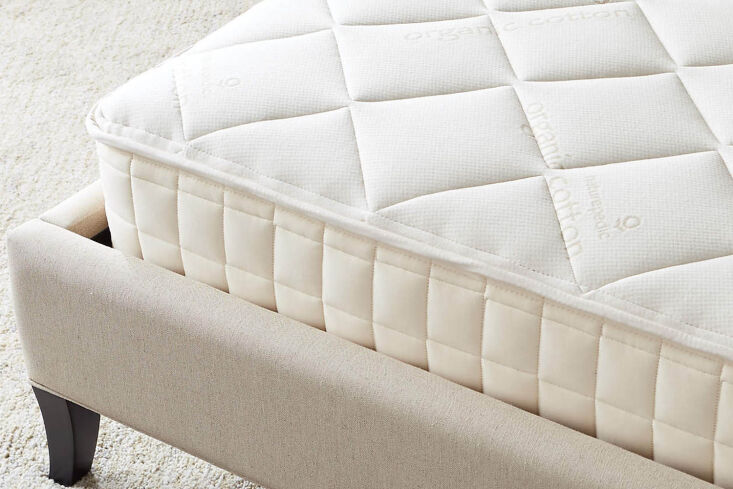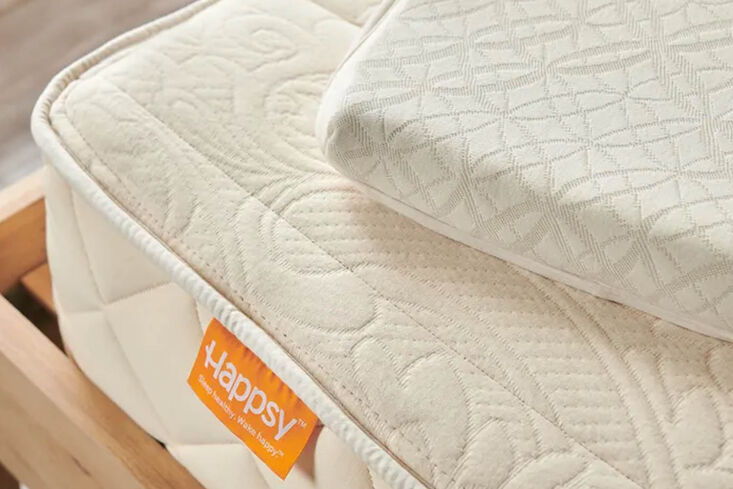We sleep on our mattresses approximately 3,000 hours per year. We’d rather not spend those restorative hours slumbering amid a cocktail of petrochemicals, flame-retardants, carcinogens, and formaldehyde-containing adhesives. In the past, options for a natural, non-toxic mattress were a little grim: a lumpy cotton futon, limited options in terms of comfort, or a rather unaffordable (although we did include this in our list) handmade horse hair mattress fit for royals. Today, more companies are turning their efforts toward natural, non-toxic materials and receiving certifications from reputable third-party organizations. Our findings are cross referenced with research done in our latest book, Remodelista: The Low-Impact Home, and agencies like the Environmental Working Group (EWG).
Safer Mattress Materials
- Wool
- Natural Latex
- Cotton
- Coconut Fiber
- Polylactide
- Kapok
- Linen
- Horsehair
- Buckwheat
Less Safe Mattress Materials
- Polyurethane
- Polyethylene
- Biofoam or soy foam
- Rayon
Third-Party Certifications from Trusted Nonprofits
CertiPUR-US: A certification that applies only to polyurethane foam mattresses to guarantee the materials are free of formaldehyde, flame retardants, prohibited phthalates, and heavy metals and contain low levels of volatile organic compounds (VOCs). Note that CertiPUR-US applies only to the foam portion of the mattress.
Global Organic Latex Standard (GOLS): benchmark in organic latex that is 95 percent or more organic
Global Organic Textiles Standard (GOTS): leading processing standard for organic textiles and fibers that are 95 percent or more organic and meet stringent environmental standards
MADE SAFE: a seal for products passing the rigorous screening of over 6,500 known or probable harmful substances
[Editor’s note: While we’ve done our best to research the issue using credible sources, we are not scientists, doctors, or environmental toxicity experts. Details on certifications and materials used within mattresses change often and may have changed since this article’s publication date. We welcome any additional constructive insight in our comments section below.]
















